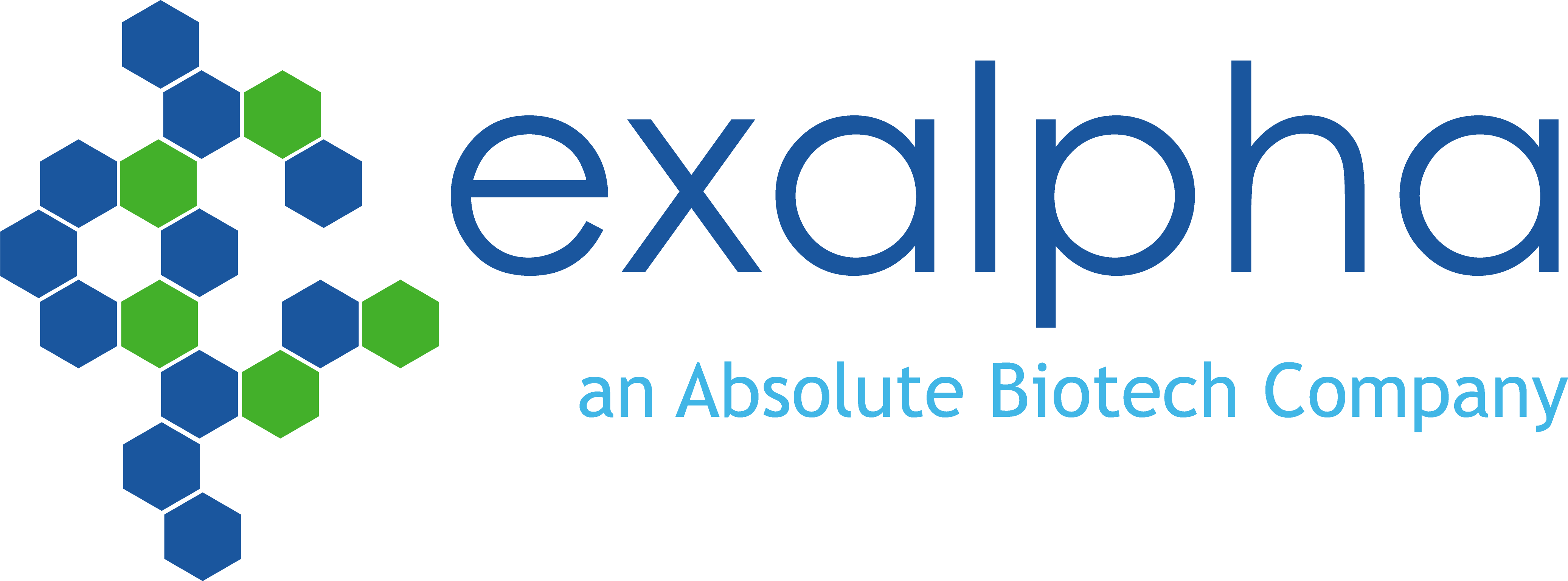SPARC
Background
Secreted Protein Acid Rich in Cysteine (SPARC), also known as ON (osteonectin) and BM-40 (basement-membrane protein 40), is a prototypic member of the SPARC family of proteins, a diverse group of proteins that each have an acidic domain, a follistatin-like domain and an extracellular calcium binding E-F hand motif. SPARC is a 34-35kD non-structural matricellular protein that is primarily expressed in tissues that have a continuous cellular turnover rate, and at the site of tissue injury or disease. Reports suggest that SPARC binds to numerous different extracellular matrix (ECM) components and growth factors to modulate cell-matrix interaction and cell function. SPARC influences multiple biological processes including wound healing, development, bone formation, fibrosis, angiogenesis and tumour progression.
The precise role SPARC plays in tumorigenesis is hotly debated, with some reports indicating a positive correlation with more aggressive cancers and a poor clinical outcome and others indicating a protective effect. For example, in breast cancer, SPARC expression has been associated with a more aggressive phenotype and poor prognosis – with normal mammary tissue containing undetectable levels of SPARC expression, benign breast lesions are weakly positive and 75% of both in situ and invasive breast carcinomas are strongly positive for SPARC in stromal cells.
The precise role SPARC plays in tumorigenesis is hotly debated, with some reports indicating a positive correlation with more aggressive cancers and a poor clinical outcome and others indicating a protective effect. For example, in breast cancer, SPARC expression has been associated with a more aggressive phenotype and poor prognosis – with normal mammary tissue containing undetectable levels of SPARC expression, benign breast lesions are weakly positive and 75% of both in situ and invasive breast carcinomas are strongly positive for SPARC in stromal cells.
